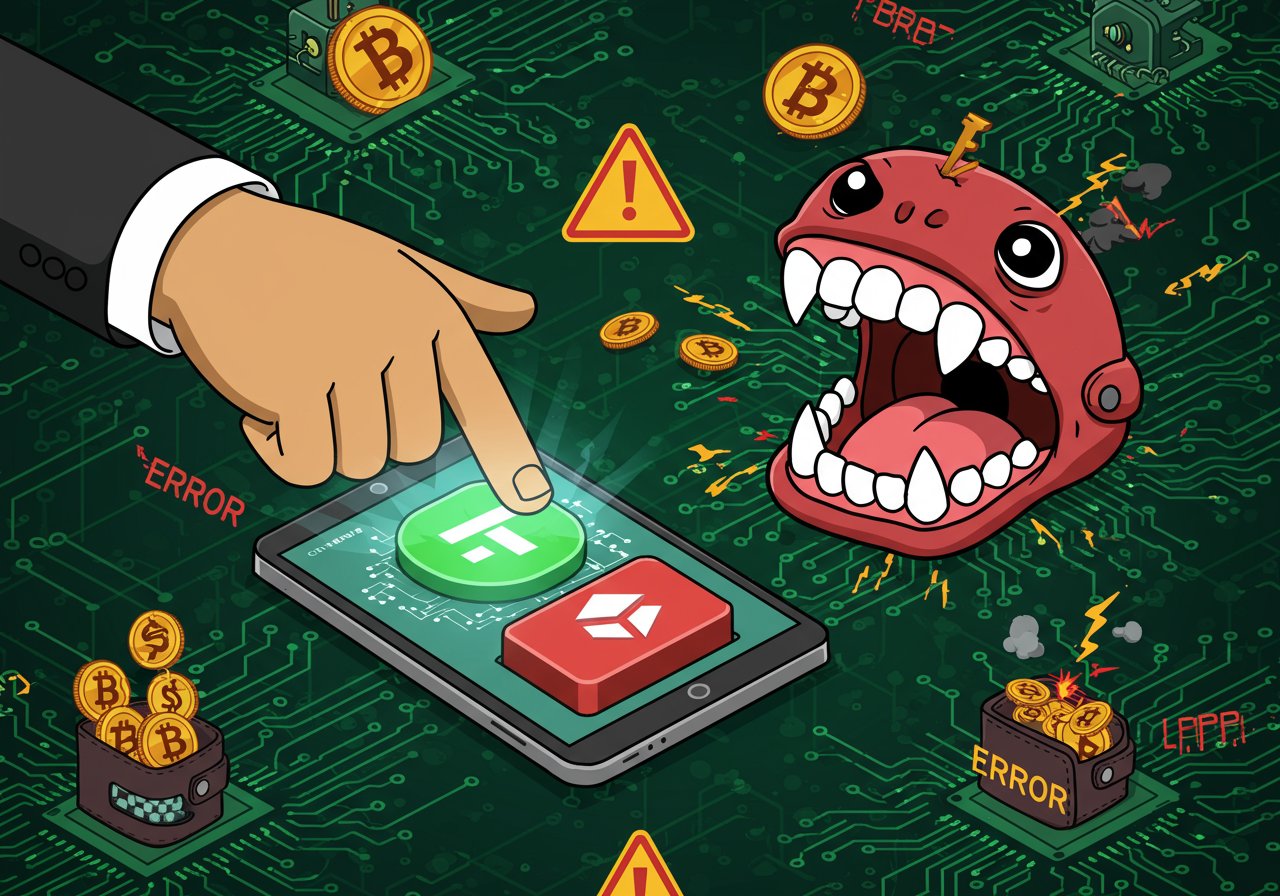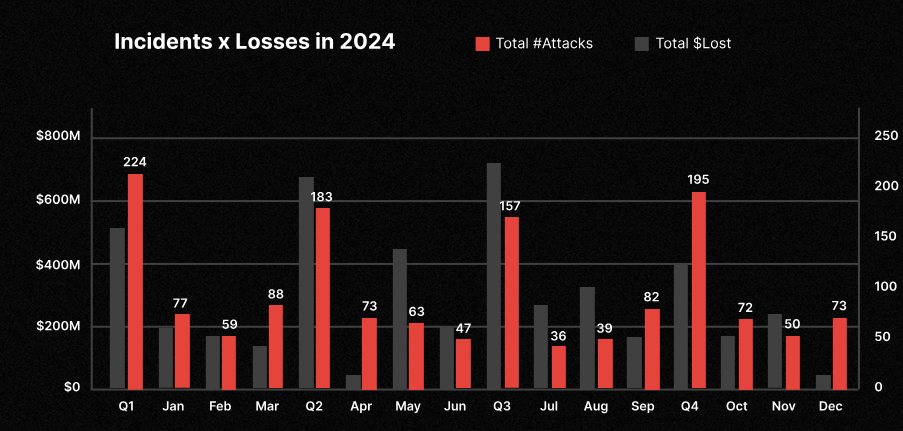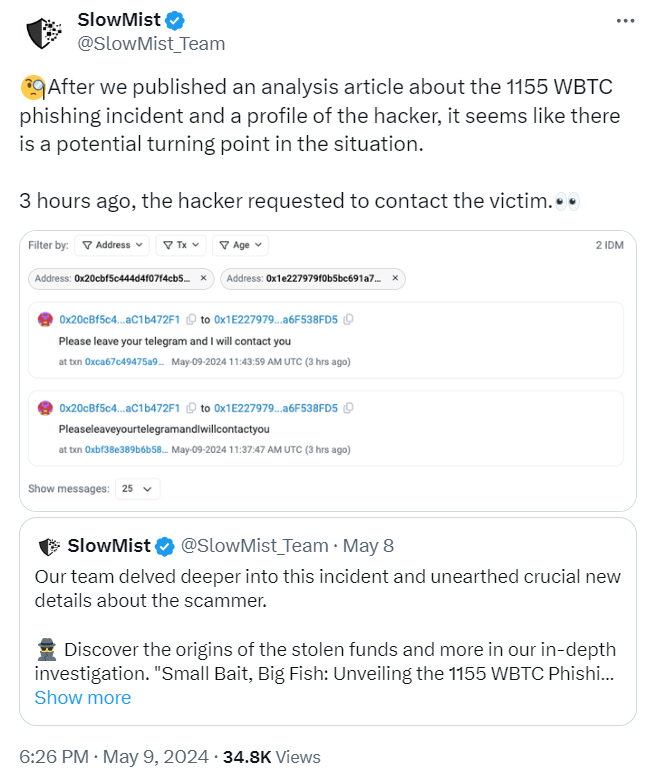
The Anatomy of a Crypto Heist
The cryptocurrency world, while offering unprecedented financial opportunities, is unfortunately a hunting ground for sophisticated scams. Recently, an investor learned this the hard way, losing a staggering $3 million in a phishing attack. The culprit? A single, ill-fated click. This event underscores a critical vulnerability: the human element. While blockchain technology itself is secure, user awareness and diligence are paramount in protecting digital assets.

The Phishing Trap: How It Works
Phishing attacks, a form of social engineering, prey on human trust and lack of attention. Attackers typically create fraudulent links that mimic legitimate services, tricking users into entering sensitive information or, as in this case, signing malicious transactions. In this scenario, the investor likely encountered a deceptive link, perhaps disguised as a legitimate platform or a lucrative opportunity. Blindly trusting the interface, they signed a blockchain transaction without thoroughly verifying the contract address. This oversight allowed the attacker to drain their USDT holdings.
The Importance of Due Diligence
The incident serves as a stark reminder of the importance of due diligence. Cryptocurrency transactions are irreversible; a mistake can have catastrophic consequences. Here’s what investors can do to protect themselves:
- Verify Contract Addresses: Always meticulously check the contract address before signing any transaction. Don’t rely solely on the first and last few characters; scrutinize the entire address.
- Be Wary of Suspicious Links: Never click on links from unknown sources or those that seem too good to be true. Double-check URLs and verify the authenticity of platforms.
- Use Hardware Wallets: For significant holdings, hardware wallets provide an extra layer of security by storing private keys offline.
- Stay Informed: Keep abreast of the latest scam tactics and security threats. Knowledge is your best defense.
- Consider Security Audits: Before interacting with new DeFi platforms or smart contracts, consider checking if they have undergone security audits.

The Broader Implications
The rise of phishing attacks highlights a shift in the tactics of cybercriminals. Instead of targeting protocol vulnerabilities, they’re exploiting human weaknesses, which can be easier to bypass than complex security protocols. This trend necessitates a multi-faceted approach to security, encompassing not only technological solutions but also robust user education and awareness campaigns. The incident also shows that the security of crypto wallets is still not easily handled by non-experienced users. Recent estimates put the cost of phishing attacks in the crypto industry at over $1 billion in 2024 alone.
Looking Ahead
As the crypto space evolves, so too will the threats. The incident underscores the need for continuous vigilance and a proactive approach to security. While technology can provide tools, the ultimate responsibility for protecting digital assets rests with the individual. By staying informed, practicing due diligence, and utilizing available security measures, investors can significantly reduce their risk of falling victim to these increasingly sophisticated scams.



